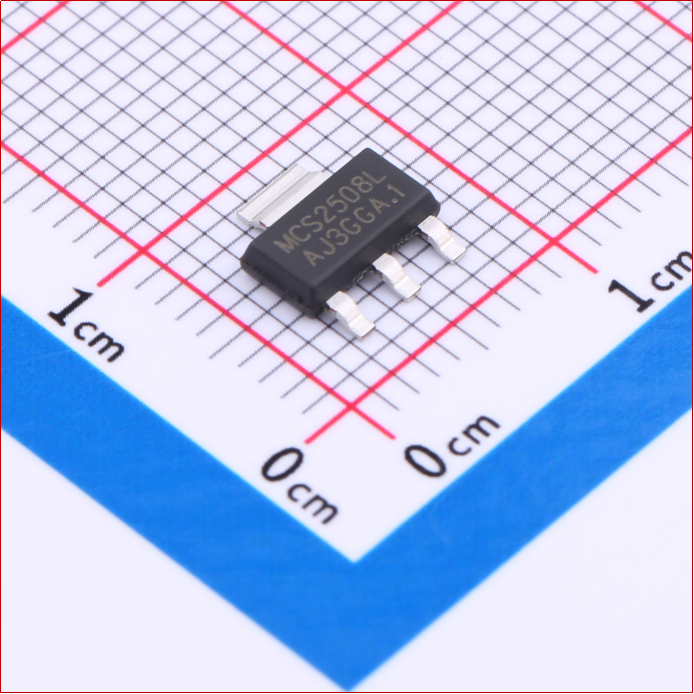Service hotline
+86 0755-83044319
release time:2024-07-31Author source:SlkorBrowse:7913
Power electronic switching components play a crucial role in modern electronic systems, enabling efficient power management and control across various applications. Central to these components are power electronic switching chips, which serve as the cornerstone for regulating and managing electrical power in diverse environments. This article explores the functionalities, working principles, and types of power electronic switching components.
Introduction to Power Electronic Switching Components
Power electronic switching components encompass a wide range of devices designed to control and manage electrical power efficiently. These components are essential in converting and regulating electrical energy in applications ranging from consumer electronics to industrial machinery. At the heart of these components lies the power electronic switching chip, which forms the core for achieving high efficiency and reliability in power management.
Functions of Power Electronic Switching Chips
Power electronic switching chips are designed to perform several critical functions:
l Switching and Control: They facilitate the switching of electrical signals, enabling efficient control over power flow and distribution.
l Voltage Regulation: These chips regulate voltage levels, ensuring stable and consistent power delivery to electronic devices.
l Current Management: They manage current flow, protecting devices from overcurrent conditions and ensuring operational safety.
l Energy Conversion: Power electronic switching chips convert electrical energy from one form to another, such as from AC to DC or vice versa, essential for various electronic applications.
Working Principles of Power Electronic Switching Chips
The operation of power electronic switching chips revolves around principles of semiconductor physics and circuit design. Here’s a simplified overview of their working principles:
l Semiconductor Switching: These chips utilize semiconductor devices like MOSFETs (Metal-Oxide-Semiconductor Field-Effect Transistors) or IGBTs (Insulated Gate Bipolar Transistors) to switch electrical signals. These devices can rapidly switch between on and off states, controlling the flow of current through the circuit.
l Control Logic: Integrated circuits within these chips provide sophisticated control logic. This logic interprets input signals, determines switching actions based on predetermined algorithms, and adjusts power delivery accordingly.
l Pulse Width Modulation (PWM): Many power electronic switching chips employ PWM techniques to regulate power output. By modulating the width of electrical pulses, these chips control the average power delivered to the load, enabling precise regulation and efficient energy conversion.
Types of Power Electronic Switching Components
Power electronic switching components encompass various types, each suited for specific applications and power requirements:
l MOSFETs: Ideal for high-speed switching applications due to their low on-resistance and fast switching speeds.
l IGBTs: Suitable for high-power applications where voltage and current handling capabilities are critical, such as motor control and renewable energy systems.
l Diodes: Used for rectification purposes, converting AC to DC by allowing current flow in one direction only.
l Thyristors: Devices like SCR (Silicon-Controlled Rectifiers) and Triacs, which are used for switching high-power AC loads and maintaining conduction until turned off.
l Power Modules: These integrate multiple components (such as IGBTs, diodes, and resistors) into a single package, simplifying circuit design and enhancing reliability.
Conclusion
In conclusion, power electronic switching components, particularly the advanced functionalities provided by power electronic switching chips, play a pivotal role in modern electronics. They enable efficient power management, voltage regulation, and current control across a wide range of applications. Understanding their functions, working principles, and types is crucial for designing robust and efficient electronic systems capable of meeting today's energy demands. As technology continues to evolve, these components will undoubtedly play an increasingly significant role in shaping the future of power electronics.
By harnessing the capabilities of power electronic switching components, engineers and manufacturers can innovate and develop energy-efficient solutions that drive progress in industries ranging from automotive and telecommunications to renewable energy and beyond.









Site Map | 萨科微 | 金航标 | Slkor | Kinghelm
RU | FR | DE | IT | ES | PT | JA | KO | AR | TR | TH | MS | VI | MG | FA | ZH-TW | HR | BG | SD| GD | SN | SM | PS | LB | KY | KU | HAW | CO | AM | UZ | TG | SU | ST | ML | KK | NY | ZU | YO | TE | TA | SO| PA| NE | MN | MI | LA | LO | KM | KN
| JW | IG | HMN | HA | EO | CEB | BS | BN | UR | HT | KA | EU | AZ | HY | YI |MK | IS | BE | CY | GA | SW | SV | AF | FA | TR | TH | MT | HU | GL | ET | NL | DA | CS | FI | EL | HI | NO | PL | RO | CA | TL | IW | LV | ID | LT | SR | SQ | SL | UK
Copyright ©2015-2025 Shenzhen Slkor Micro Semicon Co., Ltd